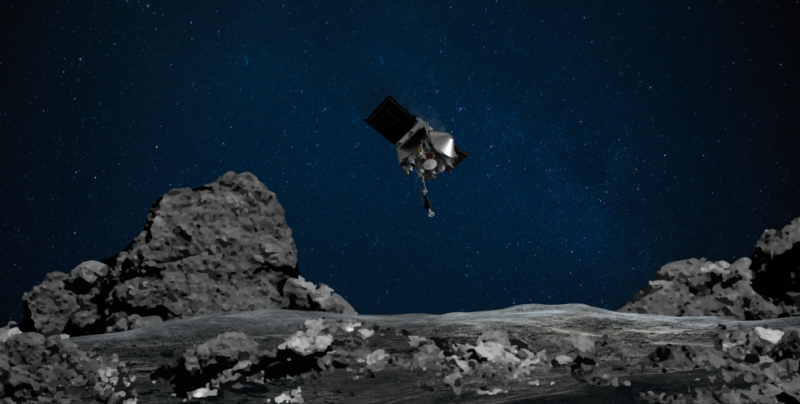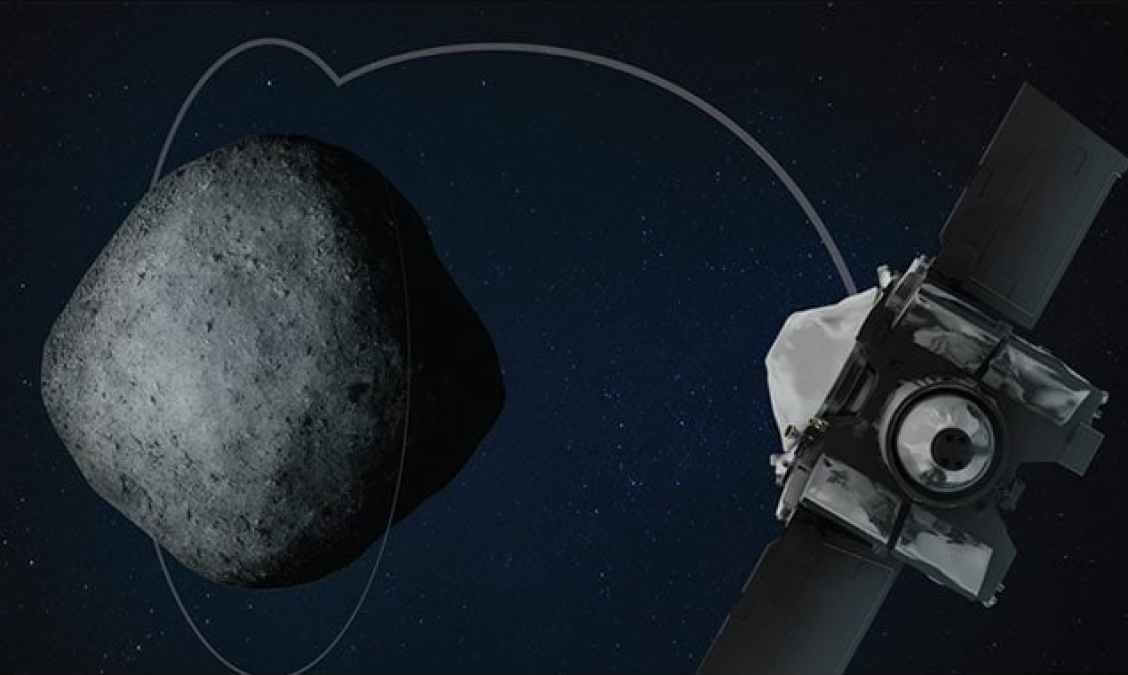
Washington: NASA will attempt a feat never before by humanity: to intentionally deviate a spacecraft slightly from its orbit in a critical test of our ability to prevent cosmic objects from destroying life on Earth. slammed into an asteroid.
The Double Asteroid Redirect Test (DART) spacecraft launched from California in November and is rapidly approaching its target, hitting a speed of about 14,000 mph (23,000 kph).
To be sure, neither the asteroid moonlight Dimorphos nor its older brother, Didymos, pose a threat as the pair orbit the Sun, which is seven million miles from Earth at closest approach.
However, NASA has determined that the experiment must be performed before the actual need is discovered.
"This is an exciting time not only for the agency, but in space history and in human history," Lindley Johnson, a NASA planetary defense official, told reporters at a news conference Thursday.
If all goes according to plan, a collision between the car-sized spacecraft and the 530-foot (160 m, or two Statue of Liberty) asteroid will occur at 7:14 p.m. Eastern Time (2314 GMT), and its direct The broadcast will be done on NASA. Website.
NASA hopes to reduce the time it takes to circle Didymos, which is currently 11 hours and 55 minutes, by striking Dimorphos head-on—a change that will be detected by ground telescopes in the coming days.
The proof-of-concept experiment would bring to life what had previously only been attempted in science fiction, most notably in the movies "Armageddon" and "Don't Look Up."
As the craft propels itself through space, flying autonomously for the final phase of the mission like a self-guided missile, its main camera system, known as DRACO, is Dimorphos' first Will start beaming the images.
In a recent briefing, Nancy Chabot of the Johns Hopkins Applied Physics Laboratory (APL), which hosts Mission Control, said, "It's going to start out as a small point of light and then eventually it will going to zoom in and fill the whole area of the scene."
"These images will continue until they stop," the planetary scientist said.

A toaster-sized satellite called LICIACube, which broke apart from DART a few weeks ago, will make a close pass of the site minutes later to capture images of the collision and ejecta - the pulverized rock thrown up by the impact.
The picture of LICIACube will be returned in the coming weeks and months.
An array of telescopes both on Earth and in space, including the recently operational James Webb, will be able to see the event, which may be able to spot a bright cloud of dust.
Finally, a more complete picture of the system will emerge four years later, when a European Space Agency mission, HERA, arrives to survey Dimorphos' surface and measure its mass, which scientists can currently only estimate.
Some of the billions of asteroids and comets in our solar system are known to be potentially dangerous to our planet, and none will in the next hundred years.
"I guarantee you that if you wait long enough, there will be an object," said Thomas Zurbuchen, NASA's chief scientist.
We know this from the geological record, for example, when the six-mile-wide Chicxulub asteroid struck Earth 66 million years ago, plunging the world into a long winter that resulted in the extinction of the dinosaurs and 75 percent of all species.

In contrast, an asteroid the size of Dimorphos would only have a territorial effect, such as destroying a city, although with a force greater than that of any atomic bomb in history.
Scientists are also hoping to gather valuable new information that will help them understand the nature of asteroids in general.
The amount of momentum imparted by the dart on Dimorphos will be determined by whether the asteroid is a solid rock or a "garbage pile" of boulders bound by mutual gravity, a property that is unknown.
We don't know whether it's shaped like a dog bone or a doughnut, but NASA engineers are confident that DART's SmartNav guidance system will hit its target.
If it fails, NASA will try again in two years, with the spacecraft having enough fuel for another pass.
However, if it is successful, it will be the first step toward a world that is able to defend itself against a future existential threat, according to Chabot.
Neptune and its rings are captured in stunningly clear images by the James Webb Space Telescope
Iran's anti-hijab violence intensified, Musk said- will activate Starlink...
First launch mishap involves Jeff Bezos' Blue Origin rocket that crashes after takeoff